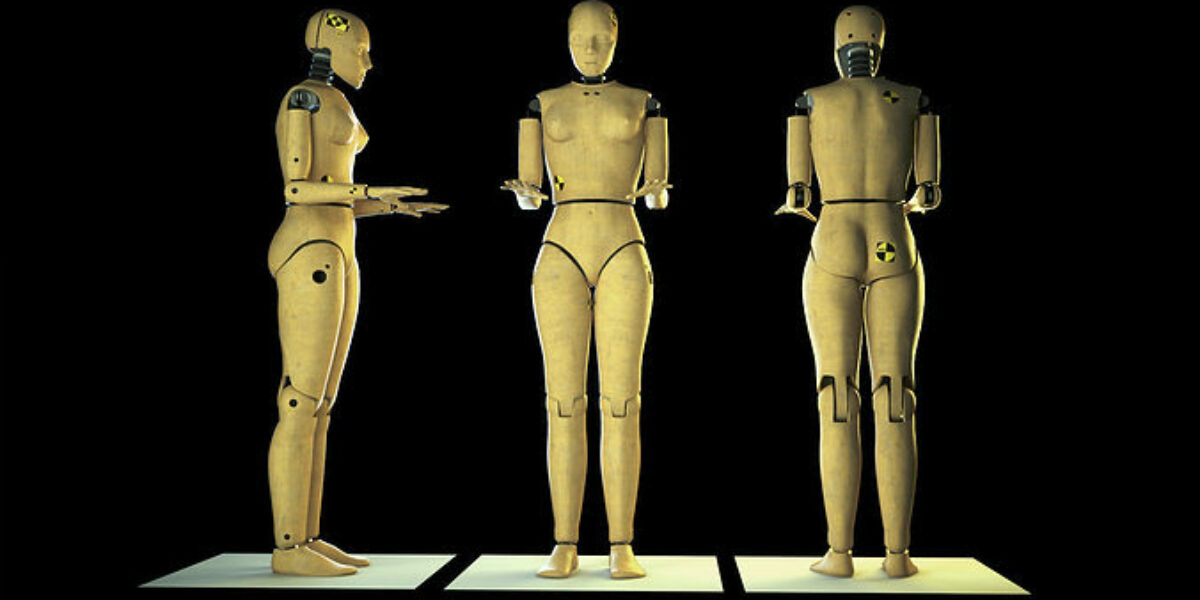Dominant design
Cars are becoming more female friendly
New research from the US has found that gender bias in design is reducing in new cars.
A new study has found woman involved in vehicle crashes are safer in newer cars. However, they are still not as safe as men.
Men still on top
The report published by the National Highway Traffic Safety Administration shows the overall gap drops from 18% to 6.3% for 2010-2020 vehicles, and to 2.9% for 2015-20 vehicles.
The study also found that the estimated difference in fatality risk estimates for female versus male front row occupants is 6.3% for model year 2010-2020 vehicles, which is significantly reduced compared to 18.3% for model year 1960-2009 vehicles.
The estimated difference is further reduced to 2.9% for the latest model year vehicles (2015-2020).
Female empowerment
Research in the last decade revealed a string gender bias issues across all areas of design. Most designers, researchers and chief protagonists in development are biased towards men. The male model is the basis of basic design standards, sizes, shapes and even the effects of drugs on the body. A historical misnomer, there has been a dynamic push back in recent years. The negative effects have seen everything from basic female discomfort in fittings, to tragic failures of medicines and procedures. In car design, again the results have seen women adversely affected in multiple areas, from ease of use to crash survival.
Gender neutral design
Newer generations of cars equipped with dual air bags reduce the estimated fatality risk for women compared to men.
The study also found when passenger and drivers use the most advanced seat belts, also found in newer vehicles, the estimated fatality risk for women relative to men drops to 6.1 per cent.
“While NHTSA’s new report shows significant declines in differences in crash outcomes between women and men, there is more work required to eliminate any disparities that remain,” said Dr Steven Cliff, NHTSA’s Administrator.






